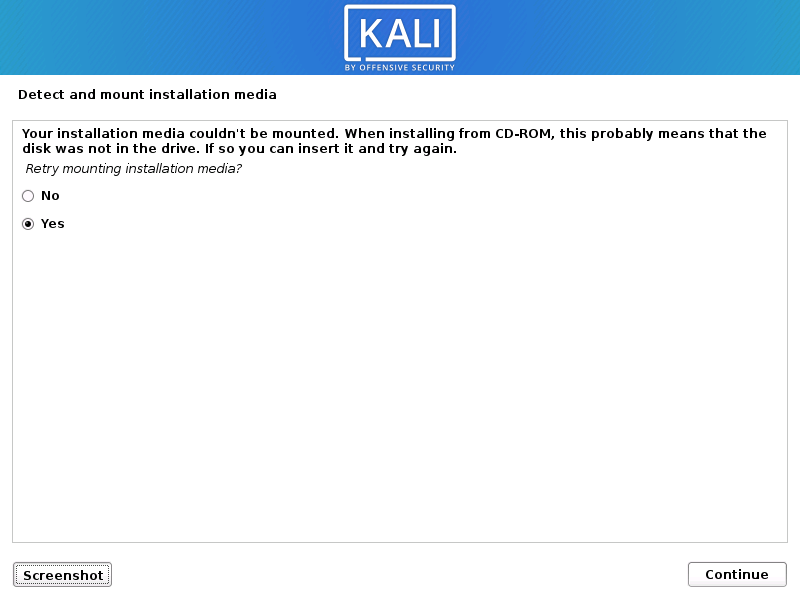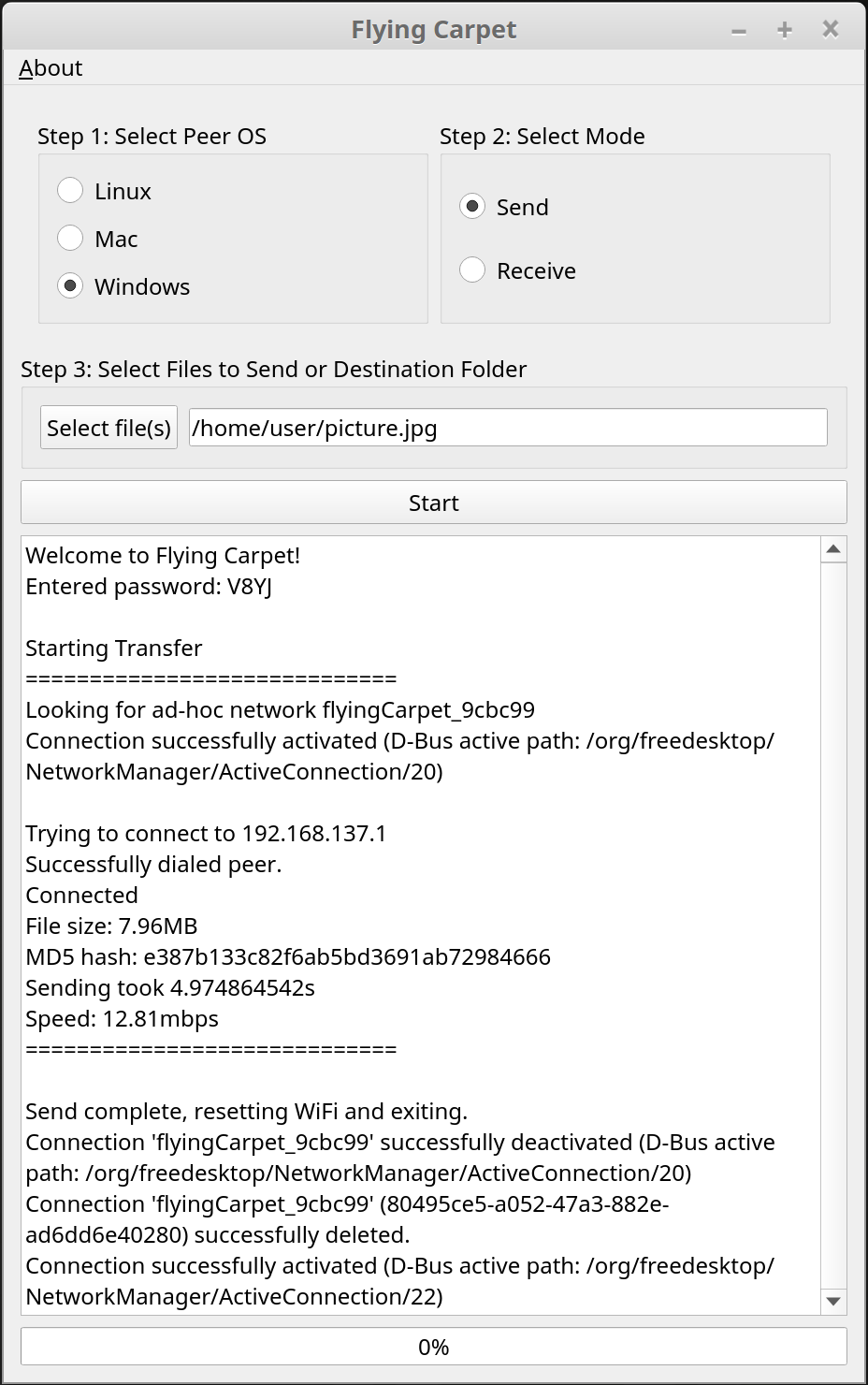Have A Tips About How To Detect Linux Version

Open the terminal application (bash shell) for remote server login using the ssh:
How to detect linux version. Click on the start menu application. This command prints out all the information about your system. The /etc/issue file is a standard file found on all the linux distributions.
For windows users, open the command prompt. If it is recognized, it means. 272 the kernel is universally detected with uname:
Open the linux terminal with the keys [ctrl] + [alt] + [t] or by using the search function. 9 answers sorted by: The version command prints the current version number for all independently versioned docker components.
The easiest way to know the difference between a rolling and fixed released distribution is this: To find out what version of the linux kernel is running on your system, type the following command: Type the following command into the.
If you use unix/linux, open the terminal window. Generally, you can check the version of the linux operating system via the ‘uname’ command. Using /etc/issue file.
This issue file may contain certain escape codes to display the. The unamecommand displays several system information, including the linux kernel architecture, name, version, and release. The procedure to find os name and version on linux:
Then, execute the sqlplus command. Click the application point by the. 5) using gui (graphical user interface) to check the version of linux.
Enjoy a seamless experience on both desktop. How to find the linux kernel version to find out what version of the linux kernel is running, run the following command: Type the following command into the.
Another solution that may work on any linux distributions is. Open the linux terminal with the keys [ctrl] + [alt] + [t] or by using the search function. A rolling release is constantly being updated and works with one.
How to find out linux distribution name and its release version there are several ways to determine what distribution and its version number are running on a. Open your terminal either by using the ctrl+alt+t keyboard shortcut or by clicking on the terminal icon.
















